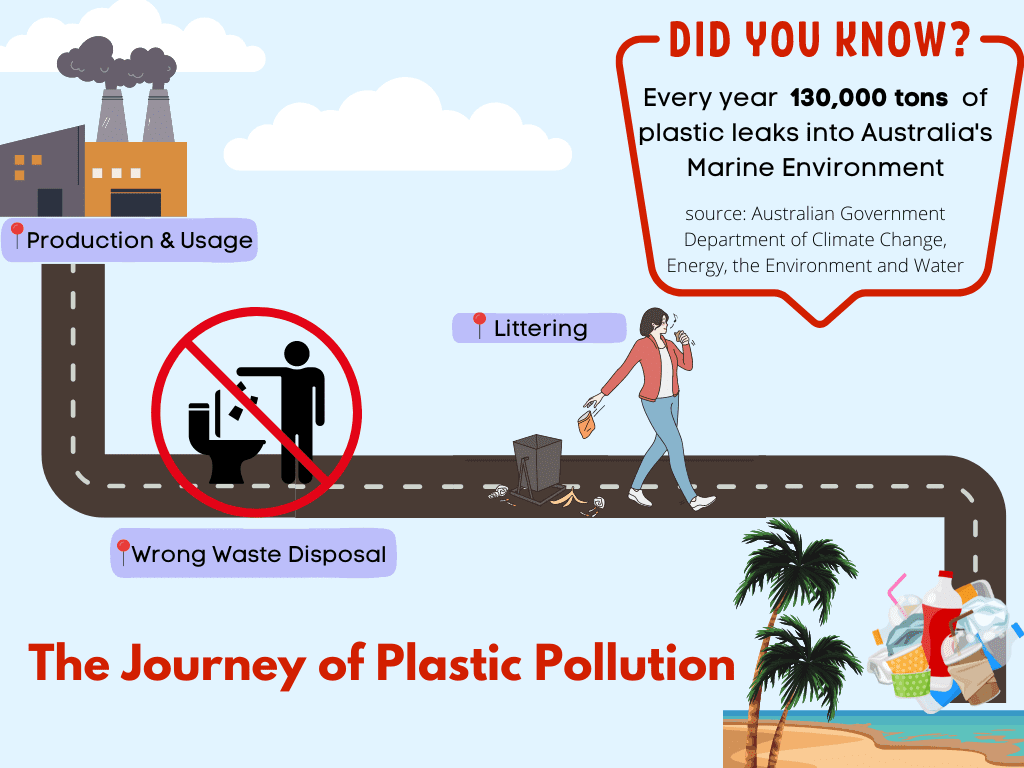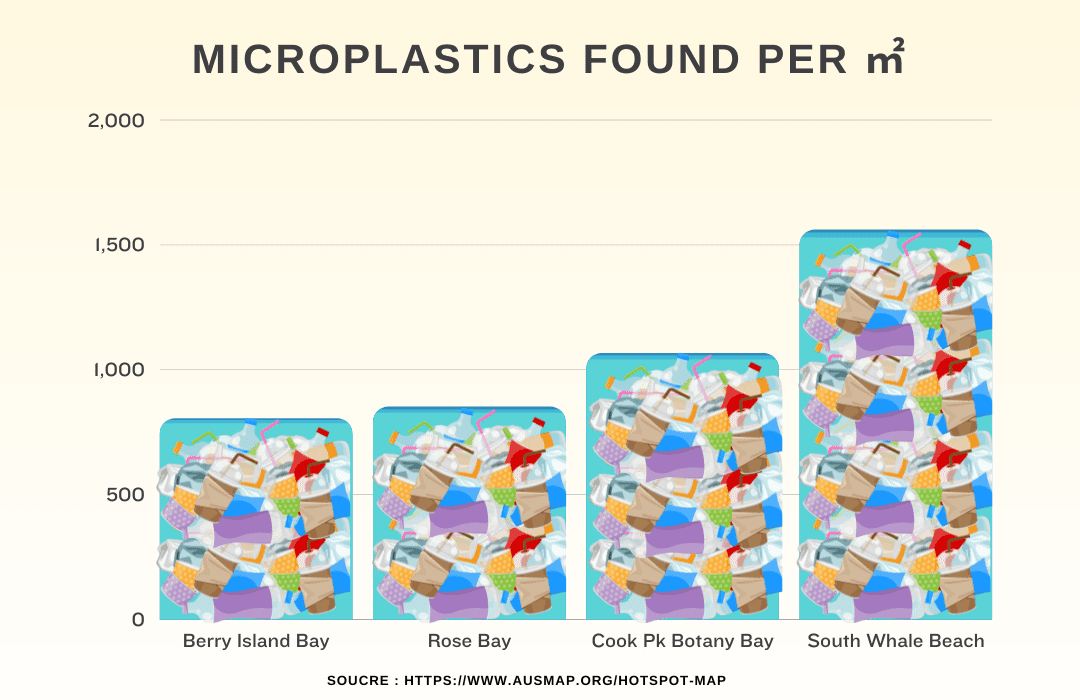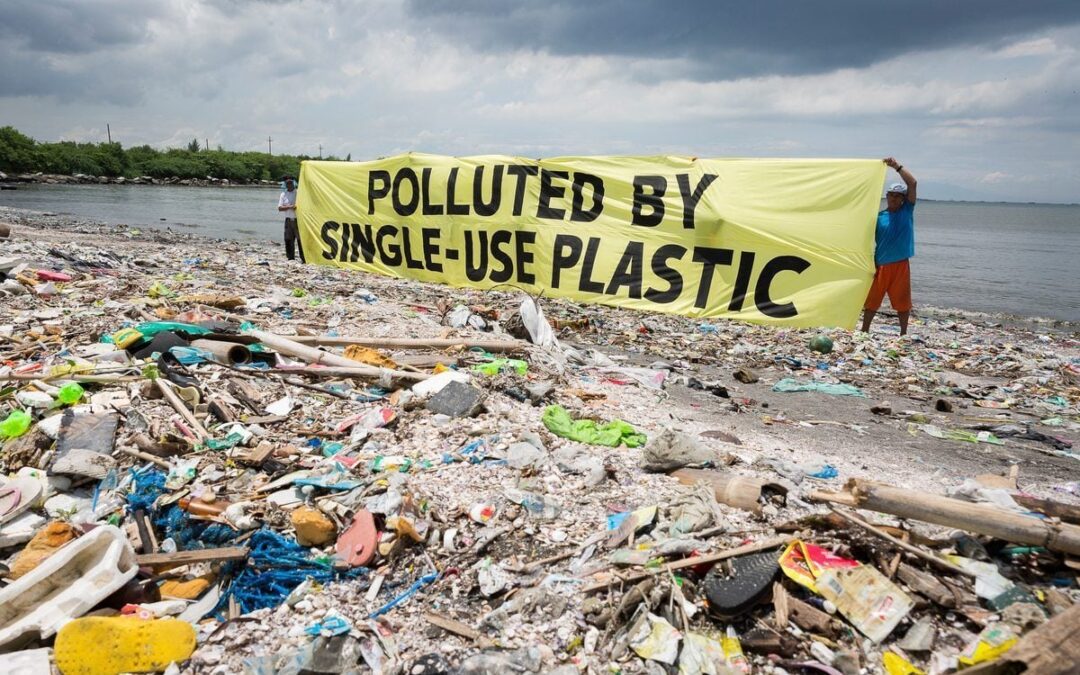As World Ocean Month begins coastal cleanups are being held around the Illawarra shoreline, with plastic still the greatest threat towards Australia’s marine pollution.
The United Nations (UN) environmental report has revealed that plastic accounts for 85 per cent of marine litter and is expected to outweigh fish by 2050.
Specialising in water quality research, Hugh Forehead said the increasing problem of plastic pollution was its inability to break down.
“It does not go away, just breaks into ever-smaller particles, there are plastic fragments sized to look like food for everything from whales to plankton,” Mr Forehead said

Mr Forehead said microplastics found in marine pollution appear to be a threat to not only aquatic life but also humans.
A study analysing daily intake of microplastics in the average diet, has revealed a heavy presence of the pollutant in liquids and air particles.

Microplastics are less than five millimetres in length, equating to the size of a sesame seed.
They come from a variety of sources including toothpaste and exfoliants in beauty products. Due to their size, they easily pass through water filtration systems and end up in the ocean.
The Australian Microplastic Assessment Program (AUSMAP) believes microplastics should be viewed as a “visible problem in Australia”.
To do so, they have created an interactive Hotspot Map which allows the public to see where microplastics are being found in Australia. On the map, is a gauge displaying how much microplastic is found per square metre.
Along the coast of New South Wales (NSW), several locations were found as having a high amount of microplastic, with two locations having very high amounts.

Across the shores that ranked highest in NSW, the plastic found at Cook Park Botany Bay and South Whale Beach was over 60 per cent of pellet plastic. This material is the building blocks for nearly every product made of plastic.
Considering 85 per cent of Australians live within 50 kilometres of the coast, the build-up of these plastics is a concern.
Australian Marine Conservative Society found that single use plastic products such as plastic bags prove to be most harmful to ocean wildlife, with marine mammals known to ingest the bags after confusing the pollution with the species they hunt.
It’s estimated that 100,000 million marine mammals die every year, due to this mix-up.

The repercussion of marine pollution also poses a threat to humans considering our dependence on the ocean.
According to the UN, the ocean generates 50 per cent of the oxygen we need whilst absorbing 25 per cent of all carbon emissions.
Marine conservationist and leadership member of NSW initiative Blue Futures Dr Michelle Voyer said many people remain unaware of the importance of the ocean.
“Oceans regulate our climate and capture huge amounts of carbon. So, anything that harms the oceans can also potentially harm us,” Dr Voyer said.
Despite Australia making the move to join the High Ambition Coalition to End Plastic Pollution alongside 20 other nations, there is still more work to be done.
Australian Minister for the Environment and Water, Tanya Plibersek has claimed her vision is for Australia “to achieve a plastic-free Pacific within our lifetime”, which may be possible.
Innovations such as Seabin’s, are working as waste cleaners operating in the ports, marinas and certain coastal regions of Australia.
Holding up to 20kg in rubbish, these collectors aid in the fight against pollution by catching up to 500kg of rubbish (including microplastics) each year.
Locally, there are several community run initiatives across the Illawarra that target marine pollution.
The Shellharbour and Wollongong City Councils held the first Luv the Lake coastal cleanup on June 3 in celebration of World Ocean Month.
Participants were given tools to conduct the foreshore clean-up and were able to celebrate afterwards with live music and stalls providing eco-friendly materials.
Environmental group, Landcare Illawarra were amongst those in attendance, providing plant give-aways at their stall.
The community-based organisation has 18 groups across the Illawarra, all specialising in working towards a cleaner future.
Landcare coordinator, Ailee Calderbank has praised coastal cleanups as a means towards fighting pollution.
“People don’t require a lot of training and most appreciate that rubbish is harmful to humans, animals and the environment,” she said.
Besides community driven initiatives, there are a range of everyday changes that can be made as we strive towards a cleaner future.
Mr Forehead recommends simple steps such as monitoring what goes down our drains or making the clothing switch from synthetic to natural fibres.
“Fibres like cotton, wool, bamboo and hemp are better; they can completely break down in the environment,” Mr Forehead said.


